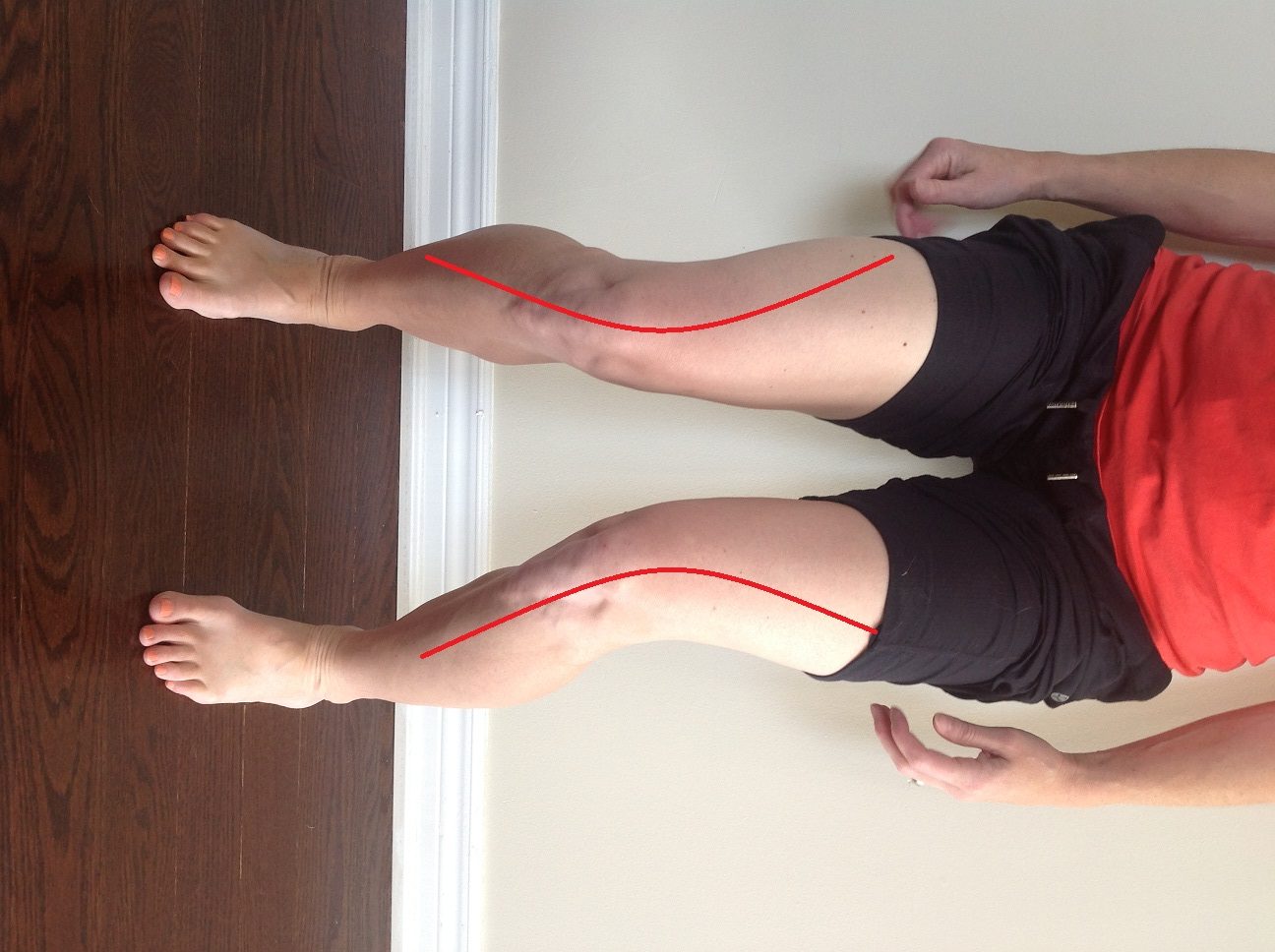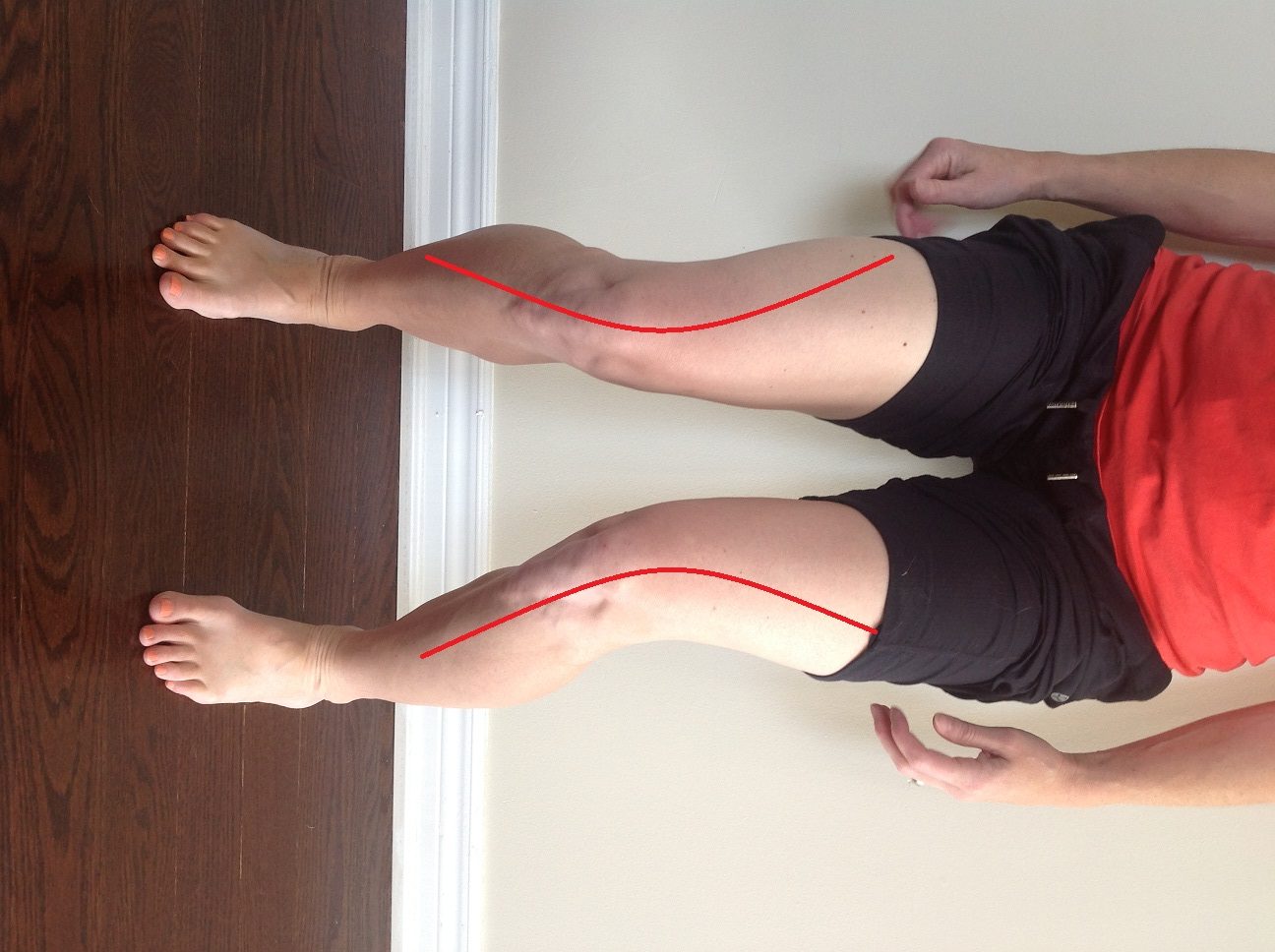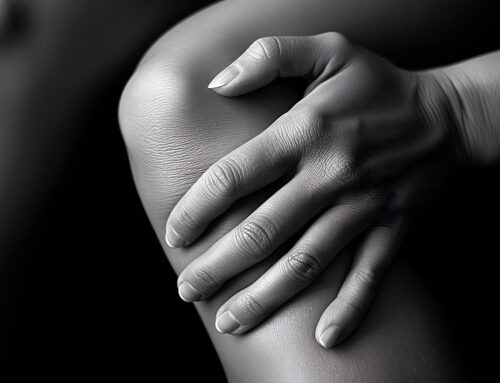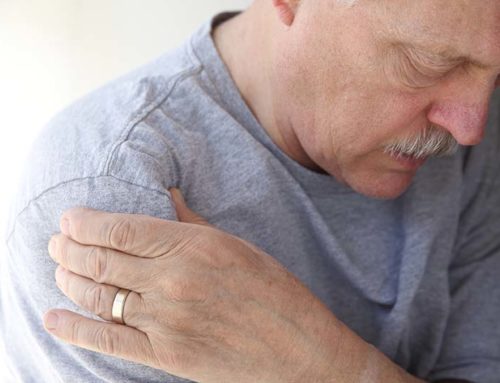ACL Injury
Last June we posted an entry on the prevention of anterior cruciate ligament (ACL) tears. In that article, we learned that muscular co-contraction was very helpful in preventing an acute tear of this ligament. Today’s blog is going to review some of the more current understandings in sports medicine with respect to ACL tears, including some practical ways that coaches, parents and players can help identify those athletes at risk.
ACL Ligament Injuries…Miscellaneous Tidbits
Most ACL tears are non-contact, occurring during deceleration, landing or pivoting. In soccer, 58% of injuries are non-contact.
Athletes who run and change direction in a more upright position are at more risk of ACL injury.
Females are 4 to 6 times more likely to injure their ACL (some of the points below will help to explain this difference).
Hormonal changes have been shown to influence ligaments (like the ACL). Such hormonal changes occur during monthly cycles and growth spurts.
Flexibility and ACL Injury
Having “loose” joints can predispose you to ACL injury. For example, a positive measure of knee hyperextension increases the odds of anterior cruciate ligament injury five-fold. Greater knee laxity and increased general joint laxity are more prevalent in girls. As boys get older there is a trend toward decreased joint flexibility and ligament laxity. Relative to boys, girls show more joint flexibility and ligament laxity with age.
ACL Sprain and Movement Patterns
A trend toward knee valgus (pictured below) has been well established in the literature as a risk factor of ACL tear. Females tend to land from jumping in a more valgus position than males. They also tend to land harder, suggesting less muscular recruitment and thereby less stabilization of the knee.
Prevention of ACL tear would significantly reduce the chances of arthritis in adulthood. There is an estimated ten fold increase (incidence) after ligament injury.
Active and passive flexibility training may be contraindicated for preventing ACL tears. Flexibility training does not provide protective effects from injury as has been previously reported in the literature.
Prevention works. According to a recent study of 1435 female varsity soccer players, those who did the proper preventative exercises showed a three fold reduction in non-contact ACL tears. There is a growing body of research validating ACL prevention programs.
Knee pain? Injured ACL? We can help! Learn more about us…
References
Barber-Westin SD, Noyes FR, Galloway M. Jump-land characteristics and muscle strength development in young athletes. The American Journal of Sports Medicine 2006: 34(3); 375-384.
Chappell JD, Limpisvasti O. Effect of a neuromuscular training program on the kinetics and kinematics of jumping tasks. The American Journal of Sports Medicine 2008: 36(6); 1081-1086.
Gall F, Carling C, Reilly T. Injuries in young elite female soccer players: an 8 season prospective study. The American Journal of Sports Medicine 2008: 36(2); 276-284.
Garrick JG. Preparticipation orthopedic screening evaluation. Clinical Journal of Sports Medicine 2004: 14(3); 123-126.
Gilchrist J, Mandelbaum B, Melancon H et al. A randomized controlled trial to prevent noncontact anterior cruciate ligament injury in female collegiate soccer players. The American Journal of Sports Medicine 2008: 36(8); 1476-1483.
Gioftsidou A, Ispirlidis I, Pafis G, Malliou P, Bikos C, Godolias G. Isokinetic strength training program for muscular imbalances in professional soccer players. Sport Sci Health 2008: 2; 101-105.
Hagglund M, Walden M, Ekstrand J. Lower reinjury rate with a coach-controlled rehabilitation program in amateur male soccer: a randomized controlled trial. The American Journal of Sports Medicine 2007: 35; 1433-1442.
Hewett TE, Myer GD, Ford KR, Slauterbeck JR. Preparticipation physical examination using a box drop vertical jump test in young athletes. Clinical Journal of Sports Medicine 2006: 16(4); 298 – 304
Hewett TE, Myer GD, Ford KR et al. Biomechanical measures of neuromuscular control and valgus loading of the knee predict anterior cruciate ligament injury risk in female athletes. The American Journal of Sports Medicine 2006: 33(4); 492-501.
Lehance C, Binet T, Croisier JL. Muscular strength, functional performances and injury risk in professional and junior elite soccer players. Scandinavian Journal of Medicine & Science in Sports 2009: 19; 243-251.
Myer GD, Ford KR, Hewett TE. Methodological approaches and rationale for training to prevent anterior cruciate ligament injuries in female athletes. Scandinavian Journal of Medicine & Science in Sports 2004: 14; 275-285.
Myer GD, Ford KR, McLean SG, Hewett TE. The effects of plyometric versus dynamic stabilization and balance training on lower extremity biomechanics. The American Journal of Sports Medicine 2006: 34(3); 445-455.
Myer GD, Ford KR, Paterno MV, Nick TG, Hewett TE. The effects of generalized joint laxity on risk of anterior cruciate ligament injury in young female athletes. The American Journal of Sports Medicine 2008; 36(6): 1073 – 1080.
Wingfield K, Matheson G, Meeuwisse W. Preparticipation evaluation – an evidence based review. Clinical Journal of Sports Medicine 2004: 14(3); 109-122.









